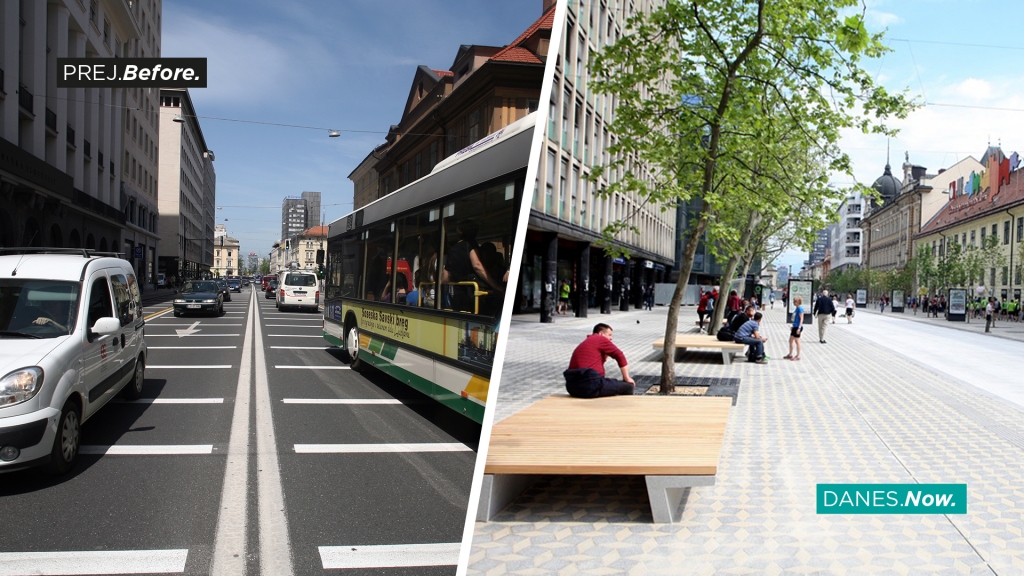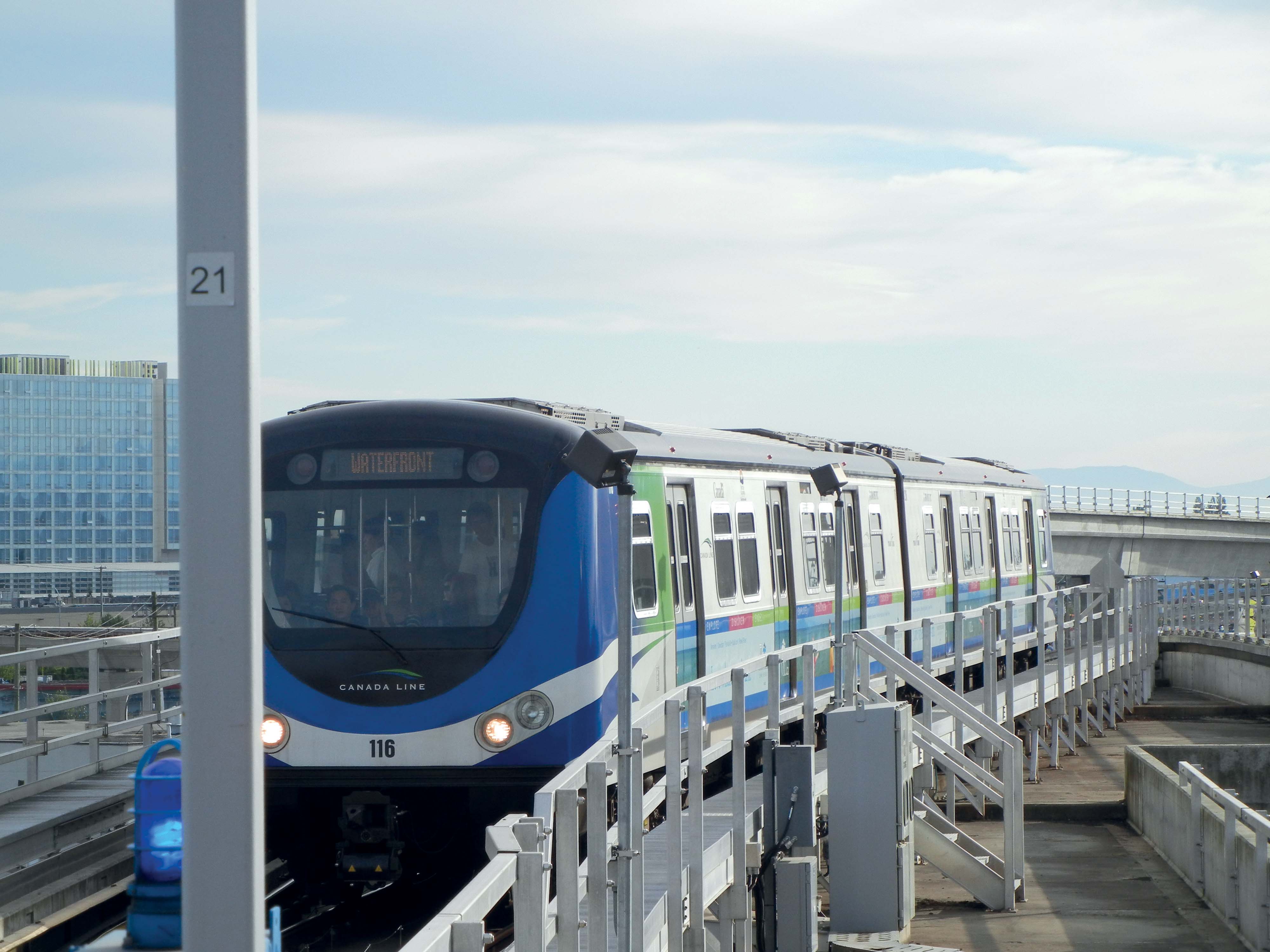
Current cost benefit practice is coming under scrutiny, as David Crawford discovers.
Conventional cost benefit analysis (CBA) of plans for urban smart mobility initiatives needs serious rethinking, according to a recently-completed European study. The three-year Evidence Project (the Project) emerged in response to concerns about the availability and quality of documented research – including CBA – required to prove that investment in sustainable urban mobility plans (SUMPs) can be economically beneficial.
Covering 22 sectors ranging from electric vehicles to shared spaces, the Project claims to have made available, for the first time, ‘a huge amount of detailed evidence’. It has created a portal that is being praised by local government users as easy to access and search, and supported by good training materials.
SUMPs aim to improve the mobility ratings of European cities by delivering accessible high-quality and smart transport, through and within the urban area and the immediate hinterlands. The concept followed the publication of a 2013 Eurobarometer report for the
“Policy makers and professionals that need [this information] don’t always have the time or resources to search for it, or to gauge its credibility. Across the EU, member states are missing out on opportunities to optimise the economic benefits that are available from adopting SUMP-type initiatives.”
The main task of the Project has been to systematically review published data sources worldwide – including CBAs - that evaluate the case for SUMPs as being particularly relevant at a time when both public and private sectors have limited funding available. It stresses the need for ‘robust evidence’ as the basis for credible business plans for attracting investment; and for such plans to include both a baseline for measuring future progress and ‘smart’ targets to guide implementation.
“The right kind of data,” says Fadda, “can help to build confidence that investment in SUMPs is good for the local economy.” For example, the Project has found that schemes which support higher levels of walking, cycling and public transport use can be as effective as (if not more so than) conventional, infrastructural ones.
Better real-time travel information is also a critical factor in encouraging modal shift from private cars to public transport as it can reduce both actual and perceived waiting times. This benefit is underlined by findings from Tampa (US) that delays in service arrivals can have a more damaging effect on passenger satisfaction levels than other nuisance factors.
In Sydney (Australia), the introduction of smart ticketing has emerged as a factor potentially offering greater benefits than the implementation of bus priority measures on a particular route.
The local government in the UK city of Nottingham expects traffic growth to halve by 2021 following the introduction of a workplace parking levy as an alternative to congestion charging, with the money raised used to fund better public transport.
Among green transport success stories highlighted by the Project, is bike-sharing in Lyon (France) which delivered a 13% reduction in travel times when compared with driving the same distance; the city is also promoting carpooling using electric vehicles. In the Netherlands, bike hiring at railway stations has perceptibly discouraged car use. Minnesota (US) has experienced increased economic activity near bike stations. In
It should be noted that in this sector, the Project suggests that better information could be gained by making greater use of modern data collection systems. It instances the use of GPS tracking of bike-sharers to understand new travel patterns, or the installation of automatic counters on cycling infrastructure.
But, behind these encouraging initiatives, the Project identified major knowledge gaps, including what it calls a ‘worrying’ overall lack of detailed economic evidence - particularly regarding freight movement. It also argues that initiatives in all sectors may not be evaluated systematically after implementation or, if they are, then only for a few months and that evaluations can focus too narrowly on specific outcomes such as casualty levels.
Often, too, potentially useful studies are not made publicly available. Generally, there is a lack of pan-European evidence regarding the effects of access restrictions, and insufficient attention given to capturing the results of modal shift. And, while there are strong indications of positive effects for individual users of car sharing, there is less clarity on the benefits for municipalities and society as a whole.
In addition to highlighting issues of information availability and quality, the Project goes on to argue that the evidence base for decision-making needs to widen from the current, relatively narrow set of criteria considered in CBAs to include additional factors. New indicators should cover the direct and indirect effects of travel choices on people’s health (as measured, for example, by their exposure to pollution, general fitness and life expectancy) and the economic burden of dealing with negative impacts.
Negative effects should include expenditure on treating illnesses (including stress), and the problems of absenteeism at work and high levels of staff turnover. Other factors should cover the effects of attractive work and shopping environments on employment catchment areas, retail footfall, turnover and property values (residential and commercial).
Political responses
At the Project’s final event in early 2017, Dr Niek Mouter, a researcher in CBA at Delft University’s Transport & Logistics Group, reported on a survey of 38 current and former Dutch politicians (including ministers/departmental secretaries and deputies) and senior officials. He found none of the parliamentarians interviewed based their decisions on a project solely on CBAs and most could not recall cases in which a CBA changed their viewpoint about a project’s desirability.
Mouter told ITS International that there has previously been “relatively little empirical research” in Europe – apart from in Norway – into how politicians use the information contained in CBAs. Among his conclusions are that CBAs can be used to kill political debate on a project; and that politicians tend to see CBAs as only providing some of the information they need.
He argues that the process does not cover issues such as spatial equity (the removal of unfairness in accessing and using physical infrastructure), levels of public support and allowances for unexpected effects. Not least, the focus is on the ‘final indicators’ of benefit/cost ratios and net present values, and not on the non-monetised effects.
Mouter goes on to identify key barriers to politicians making more effective use of CBAs. They are, for example, selective in reading research reports and the probability that they will consult a CBA can be relatively low. If politicians do read a CBA, there are questions as to how far they understand the methodology of the report and trust its impartiality. For those that are ‘listeners’ rather than ‘readers’, it can be far more effective to build up a network of experts to brief them about individual projects.
In addition, politicians often receive CBAs too late - sometimes only a few days before a parliamentary debate – allowing insufficient time for verification. While accepting that his sample is not large enough to draw firm quantitative conclusions, Mouter stresses the need for both improvements in the Netherlands process and wider research into the situation in other countries.
On the first point, he notes approvingly that the Dutch government has already, on the basis of his results, stated that it ‘attaches importance’ to submitting a CBA for a transport infrastructure project to parliament at least one month, preferably two, before a debate.
Looking ahead, Fadda told ITS International that the Project has aroused so much interest that plans for ‘Evidence 2’ are currently being floated.












